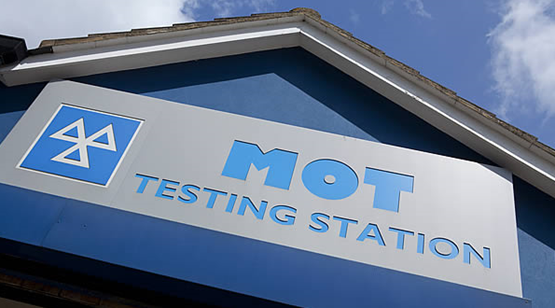
The Society of Motor Manufacturers and Traders has countered claims that motorists are ready for the first MOT to move from a car’s three-year to four-year age point with its own market research.
Just a day after Startline Motor Finance’s survey reported “overwhelming public backing” for the Department of Transport’s aim to change the current MOT regime, the SMMT’s own, larger survey reports that two in three want it to stay at three years.
In an independent poll by Savanta for the SMMT of almost 1,800 adults with a car, 67% said they were concerned that extending the MOT would put lives in danger, and three quarters agreed that the typical £35-£45 cost of a test is a price worth paying for the peace of mind it provides that their car is safe and roadworthy.
The DfT’s report into proposed MOT changes claims the UK would save £100 million annually from making the first MOT test fall a year later than current legislation demands.
Mike Hawes, SMMT chief executive, said: “Safety is the number one priority for the automotive industry and the MOT is a crucial component in keeping the UK’s vehicles and roads safe. Our survey shows that drivers support the existing MOT frequency and that there is little appetite to change it, despite the increased cost of living.
“If changes to the MOT are to be made, these should enable testing of advanced electrified powertrains, driver assistance technologies and connected and automated features, as drivers value the peace of mind the MOT offers.”
The SMMT said that while billions of pounds of investment by vehicle manufacturers has made vehicles safer for drivers and other road users, thanks to innovations such as collision avoidance systems, adaptive cruise control, autonomous emergency braking and blind spot monitoring, the MOT test often remains the first opportunity to identify natural wear and tear on safety-critical components such as tyres and brakes.
More than 300,000 vehicles fail their first MOT through failure to meet minimum safety requirements, with fails frequently associated with tyres, brakes, lights and suspension.
The SMMT added that its survey reveals just how heavily drivers rely on the MOT and aftermarket, service and repair sectors for checks on these common faults – nearly a quarter (23%) don’t regularly check that their brakes are working correctly, almost a fifth (19%) whether their tyres are okay (which should be done monthly), and 17% that their lights and indicators are functioning. These three areas accounted for nearly a quarter of a million failure items alone in 2022.
And 66% of respondents say they would not purchase a three-year-old car without an MOT.
Seven in 10 motorists usually get their car serviced at the same time as their MOT.
The SMMT reported evidence from the period of Covid-19 lockdowns when motorists were granted MOT extensions shows that failure rates increased by 2-3%, despite significantly lower vehicle mileages driven, the conclusion being that car owners had not maintained their vehicles during the period of MOT exemption.
- SEO Powered Content & PR Distribution. Get Amplified Today.
- Platoblockchain. Web3 Metaverse Intelligence. Knowledge Amplified. Access Here.
- Source: https://www.am-online.com/news/aftersales/2023/03/22/smmt-challenges-claims-motorists-are-fine-with-a-4-year-mot



